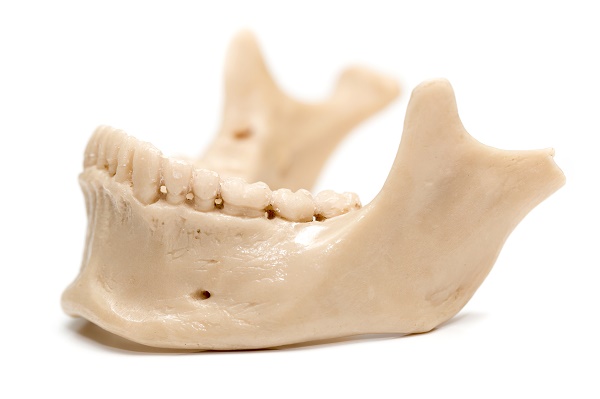
Human History in a Tooth
You can’t judge a book by it’s cover, but you can learn everything you need to know about a person by their teeth. It’s strange to think that millions of years from now anthropologists may look back at our teeth and be able to discern intimate details about our lives such as what we dined on to how advanced our technology was. After all, it’s exactly what scientists are doing today to learn more about early man and they call it odontology. As a dentist, when reports of the new findings make it to our Melbourne, Florida practice we get particularly excited. It reminds us how important teeth are to human life and history. It also encourages us to educate our patients on how best to care for their teeth.
The History of Odontology
Teeth are the strongest tissue in the human body. We are well aware of this because every day they are faced with erosion, decay, and disease yet still they remain strong. But it may surprise you to find out that long after a body is gone the teeth often remain intact and in great shape for scientists to analyze and learn from. Cases of odontology go back thousands of years. The first time forensic odontology was recorded was in 1193 in India. After Jai Chand’s army was decimated by Muhammad’s army and Jai himself was murdered, his body was identified by his false teeth. The practice of identifying people by their teeth and dental work continued through the French and Indian War. Even the American Revolution in 1776 when Paul Revere, a dentist, was able to famously identify a fallen comrade, Dr. Warren, because of a denture he had made. In 1897 doctors first used teeth of deceased to estimate age. The circumstances surrounding this use of teeth is quite interesting. In 1795 Prince Louis XVII was reported to have died in a prison at the age of 10. When mourners wanted to erect a monument to commemorate the young prince rumors began to circulate. Naysayers argued that the body buried in the child’s tomb was that of another child. In 1897 the body was exhumed to substantiate the rumors. Because of the development of the teeth they were able to conclude the body in the tomb was that of a 16 to 18 year-old boy. What happened to the prince?
Odontology Today
With the technology we have today, we are able to do so much more when it comes to analyzing ancient teeth for answers to mysteries of ages past. In a recent book What Teeth Reveal About Human Evolution Professor Debbie Guatelli-Steinberg discusses how studying fossilized human teeth have given us amazing insights into the lives of early humans and how we came to be as we are today. Looking at the structure of a tooth, its chemical composition, and the problems like breakage or decay, we can learn just how early man lived and ate.
The small size and unique mineralization of teeth lend themselves to an extremely long life. Scientists are able to analyze them in a multitude of ways to learn everything from what people thousands of years ate, where they lived, how they grew, and if they were suffering any sorts of dental disease when they died. The use of electron microscopes can reveal whether or not ancient man experienced stress, and the plaque recovered from these fossilized teeth can tell researchers if they ate a diet rich in meat or vegetables. The newest way scientists examine teeth are with x-ray synchrotron microtomography. This new method of studying ancient teeth is a breakthrough because it enables researchers to look inside a tooth without having to cut it open. This method of study enables us to look into the daily lives of ancient humans to learn how they grew and lived in their environment.
Teeth are amazing tissues that deserve the utmost respect. If you want anthropologists thousands of years from now to admire your oral care it is important to maintain your daily oral habits. If you have questions about keeping up with your routine, or just want to geek out about the amazing new things scientists are discovering from the teeth of ancient humans, schedule an appointment at your Melbourne, Florida dentist’s office today.

